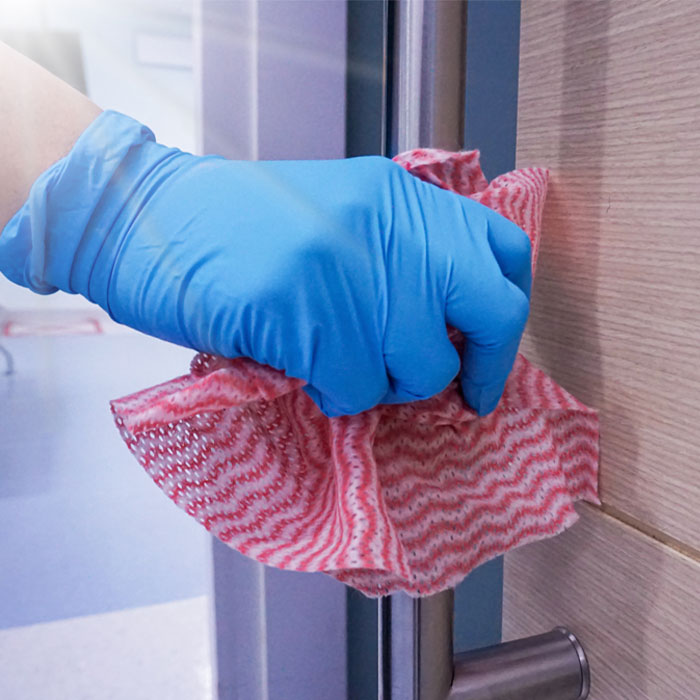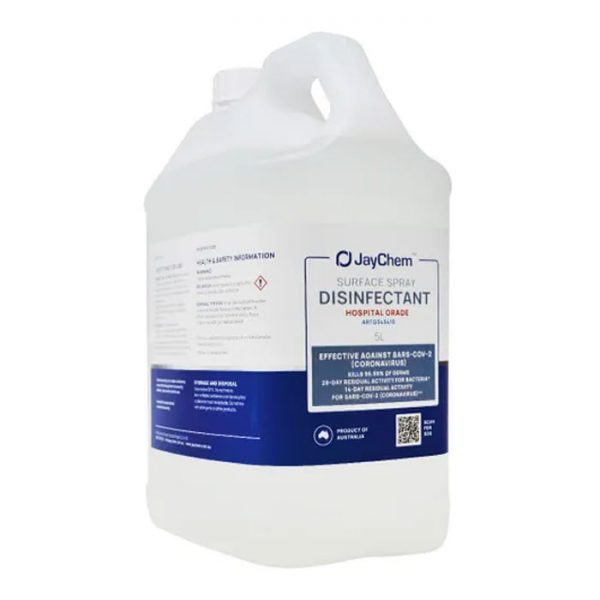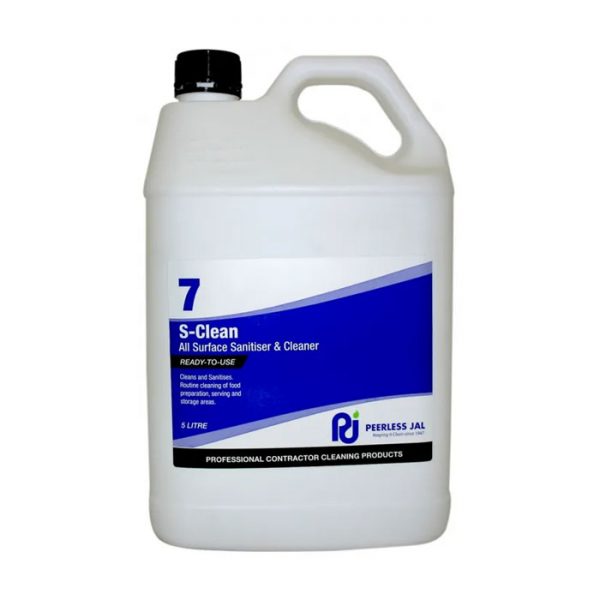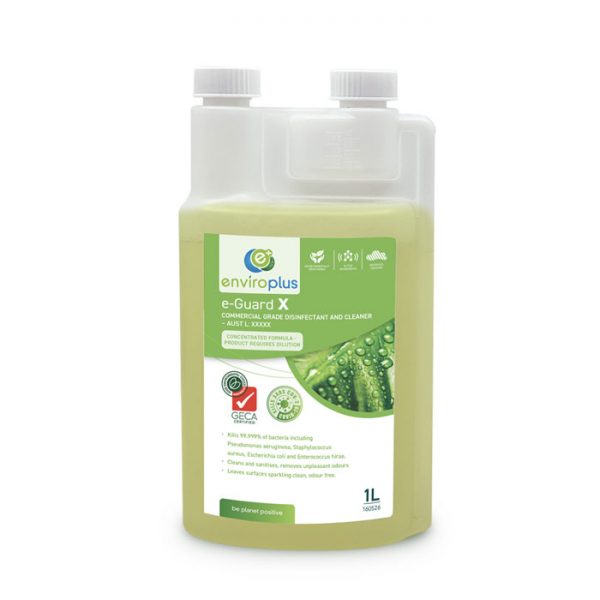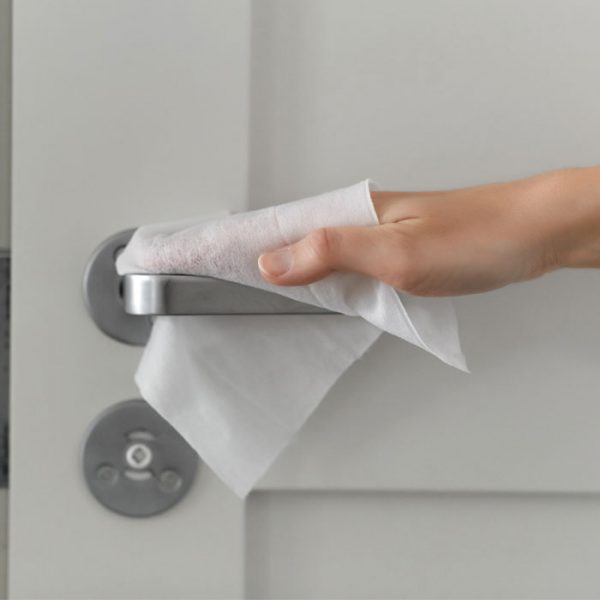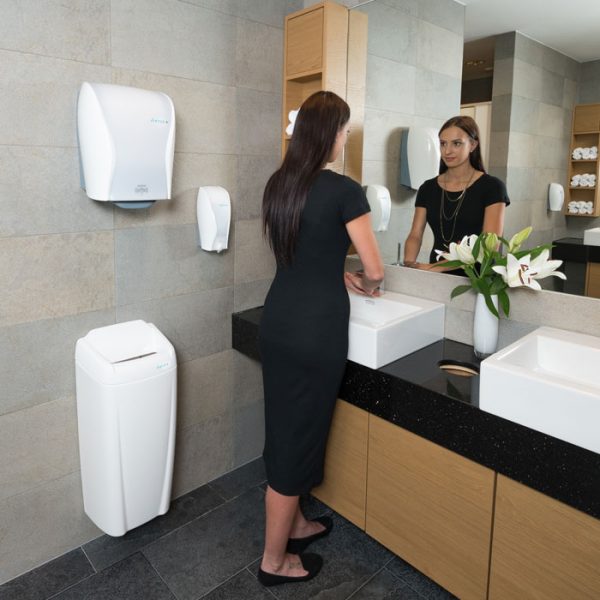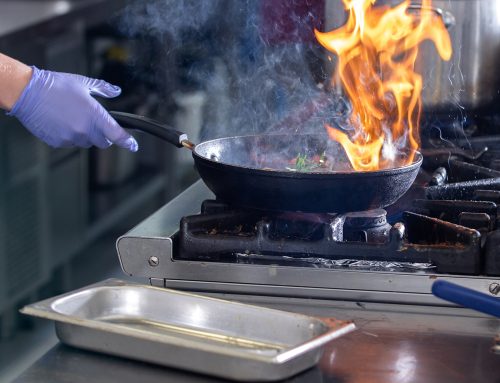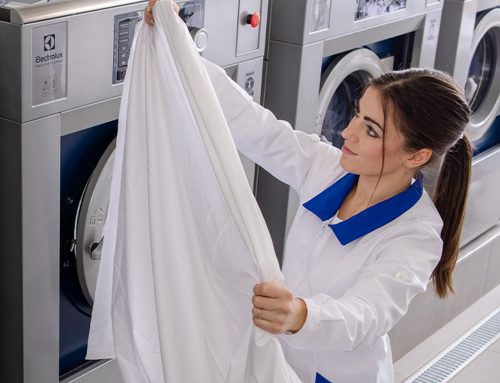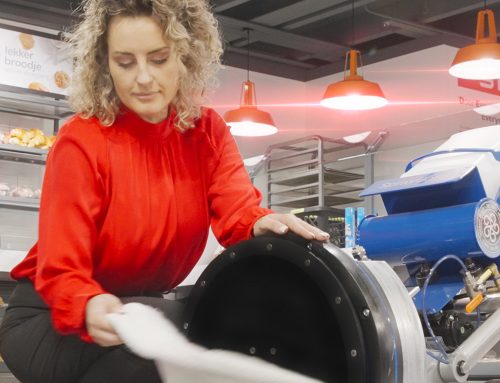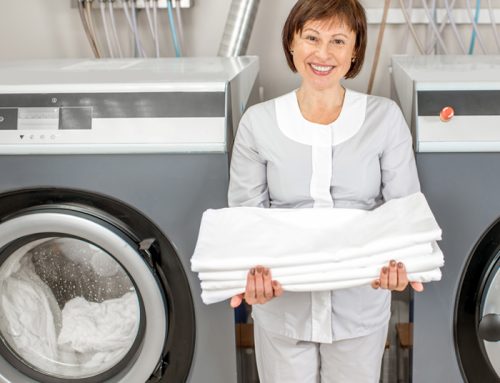At the moment, there is a lot of talk about cleaning and disinfecting during the pandemic. Do you know the correct way to clean and disinfect surfaces and touch-points?
Let’s look at surface cleaning and disinfection in three parts; the problem, the solution and the details. The problem is microorganisms and the infections they can cause. The solution is to know how to effectively disinfect surfaces. The details are key within the methods of applications used.
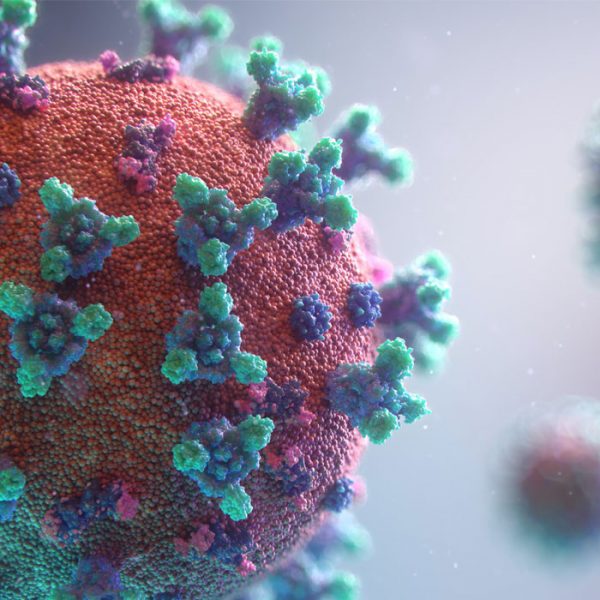
Pathogens
There are thousands of harmful microorganisms, but they can be split into six groups, according to their composition and nature. The six groups are vegetative bacteria, bacterial spores, mycobacteria, moulds and viruses.
Vegetative bacteria
Vegetative bacteria are tiny cells that are ‘alive’ and reproducing. Common infections are Staphylococcus Aureus, skin irritations, salmonella, e-coli and respiratory illness. Its life span on a surface can span from minutes to years, depending on the type and environment.
Bacterial spores
Bacterial spores are also known as endospores; a dormant form of some vegetative bacteria. Highly resistant to environmental factors and disinfection, capable of forming a ‘survival mode’ in tough conditions. Because bacterial spores are dormant, they do not actively cause infections. However, in some conditions, the spores can turn back into vegetative Bacillus or Clostridium bacteria. Bacterial spores can last from years to centuries on a surface.
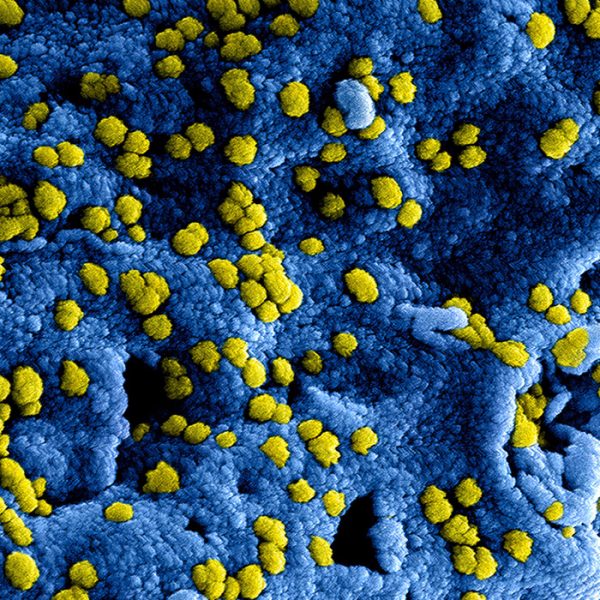
Mycobacteria
Mycobacteria is a unique type of bacteria, that is tough and very resistant to environmental factors and disinfectants. Known to cause very serious levels of infection when entering the human body, such as leprosy and tuberculosis. Its life span outside of a carrier can range from weeks to months.
Moulds
Moulds are a fungus, which is a living organism. Common infections include skin disease such as a toe nail infection. It has a life span from days to weeks.
Viruses
Viruses are much smaller than bacteria, essentially, they are microscopic parasites. They cannot thrive or reproduce outside of a carrier. There are two types of viruses; unenveloped (non-lipid) and enveloped (lipid). Unenveloped viruses are the smallest, about 10,000 times smaller than a grain of rice. They consist of a nucleic acid core, which contains the DNA or RNA and is enclosed in a protective later. Enveloped viruses have a secondary later, referred to as an envelope.
Common causes from unenveloped viruses include polio, parvo virus and SARS-Cov-2. Common causes from enveloped viruses are diseases such as AIDS, ebola and influenza. Most viruses can last on a surface for hours or even days.
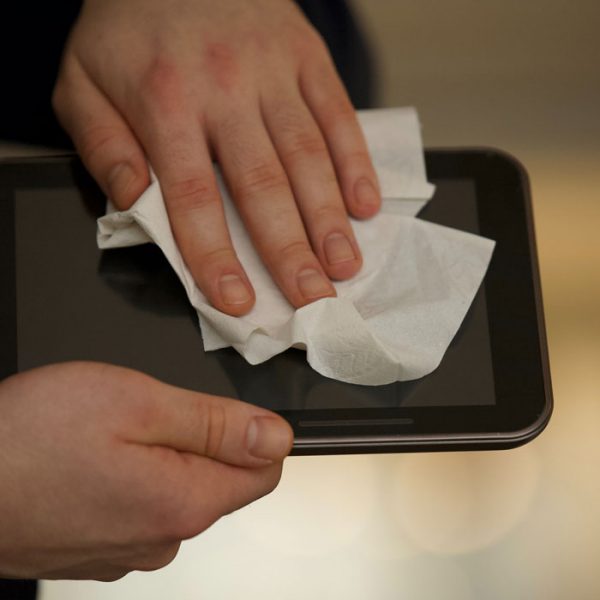
Lifespans
Microorganism lifespans are defined by how long it usually survives outside of a carrier. The longer a germ survives on a surface, the more likely it is to transfer to a carrier and cause infection. Some key environmental factors that help decrease lifespans are through sunlight (UV), extreme temperatures and surface types.
Here are the microorganisms in order from decreasing resistance to environmental factors and to disinfectants:
Bacterial spores
Mycobacteria
Unenveloped viruses
Mould
Vegetative bacteria
Enveloped viruses
SARS- Cov-2 falls into the enveloped virus group, so it is one of the easiest microorganisms to neutralise when outside a carrier. In other words, it is easy to kill, but also easy to spread, hence why surface disinfections is such a key role in the fight against Covid 19.
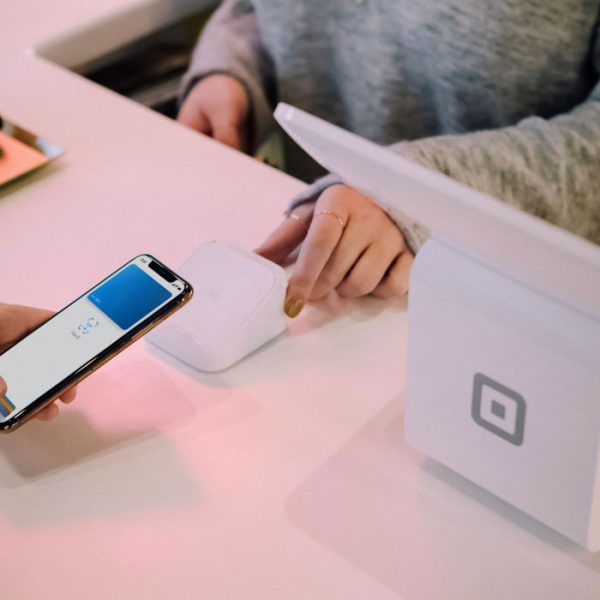
Chemicals used to kill microorganisims
Sterilant is used for sterilising surgical implements and therapeutic instruments. Hospital grade disinfect is used for neutralising common infections caused by enveloped viruses, bacteria and mould. Hospital grade disinfectant is verified by the TGA and designed to provide reliable service in healthcare environments.
Commerical grade disinfectant is used for neutralising enveloped viruses, bacteria and mould as well. Although commerical grade doesn’t meet the same testing as hospital grade. Commercial grade disinfectants can be used in low-risk public areas.
Sanitisers are ideal for disinfecting food perparation areas. Skin care sanitisers kill germs on hands and skin. Antiseptics kill germs in wound care and surgical applications.
JayChem Surface Disinfectant Spray
Jaychem is a great choice for cleaning and disinfecting surfaces. It is a hospital grade surface spray that is a unique film forming disinfectant which kills on contact, and creates an antimicrobial barrier that has persistent activity to help prevent the transmission of germs. Designed for use in environments such as hospitals, clinics, nursing homes, cruise ships, public transport and other environments where people are in close proximity to each other for extended periods. It is TGA listed with the following claims: Effective against SARS-COV-2 (Coronavirus), Kills 99.99% of germs. and provides a 28-day residual activity for bacteria. Can also help inhibit mould and mildew.
Surface types
Surface types have a significant impact on disinfection. Smooth surfaces are difficult to fully wet and keep wet. While rough and porous surfaces have difficult to access pores, which can prevent surfaces from being fully disinfected. Disinfectants need to have excellent wetting and penetrating abilities. This must be teamed with a wipe that is capable of dislodging all organic matter. Touch-points are mostly smooth surfaces, these hold microfilms of skin oil, which need to be broken through with wiping to ensure effective disinfection.
PJ Clean Surface Sanitiser and Cleaner
A ready to use surface sanitiser and cleaner, designed to reduce bacteria in food preparation, storage and eating areas. When diluted it can be used as a non-rinse sanitiser on pre-cleaned food contact surfaces. Works great on benches, table tops and all surfaces that are determined HACCP areas. Also good for food cupboards, refrigerators, tables, chairs, waste disposals and even effective as a deodoriser.
Clean surfaces before disinfecting
It is vital to clean a surface, before disinfecting it. A clean surface is 90% of the way to complete infection prevention, because organic matter such as dirt, harbours microbes and is housing pathogens. Organic matter also deactivates disinfectants by getting in the way of the chemical.
E-Guard X Concentrate Disinfectant
E-Guard X is an entirely natural highly concentrated product that combines eco-friendly plant-derived surfactants with natural fermentation products. E-Guard kills bacteria to EN1276 and EN13697 and exhibits excellent cleaning properties. Designed to provide deep cleaning power and cut through the toughest grease and starch whilst providing a fantastic shine to chrome and other similar surfaces. It can kill 99.999% of bacteria and cleans, sanitises and removes unpleasant odours. Leaves surfaces sparkling clean! Approved to EN1276 for Pseudomonas aeruginosa, Escherichia iiicoli, Staphylococcus aureus and Enterococcus hirae. E-Guard is a non-toxic solution, Bio-degradable and a natural disinfectant.
After cleaning surfaces
After cleaning a surface, there are two disinfecting methods that should be carried out side-by-side for most surfaces. First spray and wipe, followed by spraying or fogging. For visually clean surfaces, you can clean and disinfect in one step, being sure to wipe with a cloth to break through any micro-oils. The best wipes to use with a disinfect spray are premium wipes, that don’t absorb as much and provide a good agitation. We don’t suggest using micro-fibre cloths with disinfectants as they work against the biocide chemistry due to conflicting charges. They also absorb moisture, taking it away from the surface that needs to be wet. If you are not keen to use a spray, a great alternative is pre-moistened disinfectant wipes. Air drying provides the dwell time needed to neutralise germs as it leaves a micro-film of residual biocide on the surface for extended protection.
Premium Wipes are great for colour-coded cleaning and HACCP Certified. Available on rolls of 90, these wipes are perforated for controlled usage. Wipes are non-woven and weigh 70 grams. Available in multiple colours.
TB wipes can kill SARS-CoV-2 (COVID-19 virus) in 1 minute! It also kills Virucidal, Bactericidal, Fungicidal and Tuberculocidal. Wipes contain a registered One-Step Hospital Grade Disinfectant Cleaner. Intended for the cleaning and disinfecting of healthcare environmental surfaces. Based on proprietary AHP® technology to deliver fast, effective cleaning and disinfection. Active ingredient breaks down to oxygen and water.
If you need to do a deep clean, consider purchasing a sprayer or a fogger, just contact your Virtue Plus sales rep for suggestions to suit your business. There are even some available for hire, if you are not keen to purchase one completely.
ESS gives you the ability to rapidly and evenly coat hard surfaces with comprehensive coverage. Disinfect with electrostatic spraying and a TGA listed solution, approved for use against SARS-Cov-2. We suggest using along side JayChem Surface Spray (185140). Simply apply the solution through droplets that are electrostatically attracted to surfaces. Increase coverage in high-touch areas by applying the solution evenly and allowing droplets to distribute and cover the entire surface. It covers surfaces faster and with less disinfectant than alternative applications. Ideal for public spaces such as gyms, classrooms, office areas, meeting rooms and restrooms. Great for high tough-points such as chairs, tables, desks, counters, door handles and stair railings.
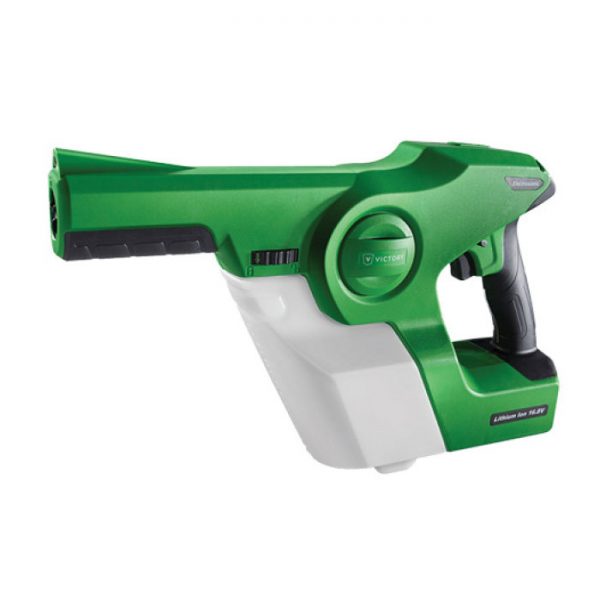
Surefog Ultra Fine Fogger Sprayer
Easily apply water-based or oil-based chemicals or disinfectant to fine and hidden areas. The strong injection and ultra-low volume spraying function ensures the penetration and diffusion of the chemical or disinfectant, where other methods cannot reach. Suitable for cleaning the internal area of computers (PCB), bedding, display cupboards, and every corner of any other place that is commonly inaccessible. It is ideal for any place where instantaneous drying is required, such as automobile interior, filters, bedding and virtually anywhere else you can think of. Suitable for applying or spraying various chemicals including disinfectant, insecticide, germicide, freshener, antibiotic, resistant and nutritional supplements to eliminate odours, micro-organisms, germs and pests. It is also available for hire!
Save time and money!
You can save time and money by eliminating touch-points on surfaces. Install touch-free dispensers for hand sanitiser, hand wash and paper towel. Provide posters and barriers to outline clear processes in shared areas. You can download some helpful signs from our downloads page.
The information within the blog was sourced from Veridia.

